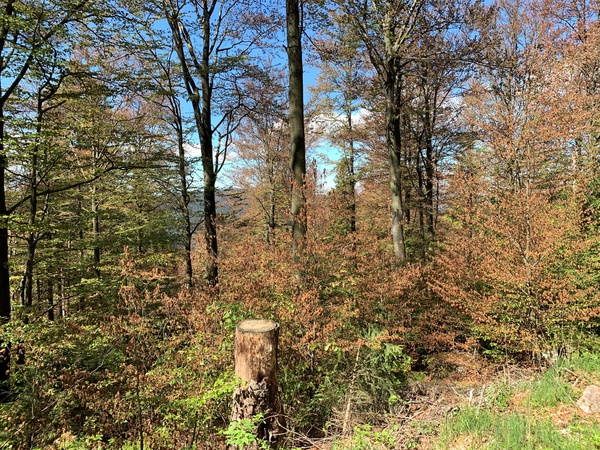Temperate Deciduous Forests do not burn? Yes – they can!
2 Disturbance Ecology, University of Bayreuth
P 6.25 in Posters
Wildfires are expected to increase globally related to climate change. In the European temperate zone, this increase is expected to occur in non-natural conifer forest plantations. Deciduous forests show no evidence of fire history due to the absence of charcoal in forest soils before human land use and exhibit low flammability.
Remote sensing based analysis revealed that while most forest fires north of the Alps and Pyrenees occurred in needleleaved forests, the overall number of fires in broadleaved forests was higher, even after removing fire prone Eucalypt forests in Northern Spain and submediterranean and Pannonian oak forests from analysis. This surprising pattern was driven by fires in Romanian beech forests in 2022, where extreme drought conditions combined with the land use practice of burning agricultural fields led to a high number of forest fires.
These findings have widespread implications for Central European forests, as they show that European temperate decidous forests can burn in years of extreme drought ignited by human activity.



